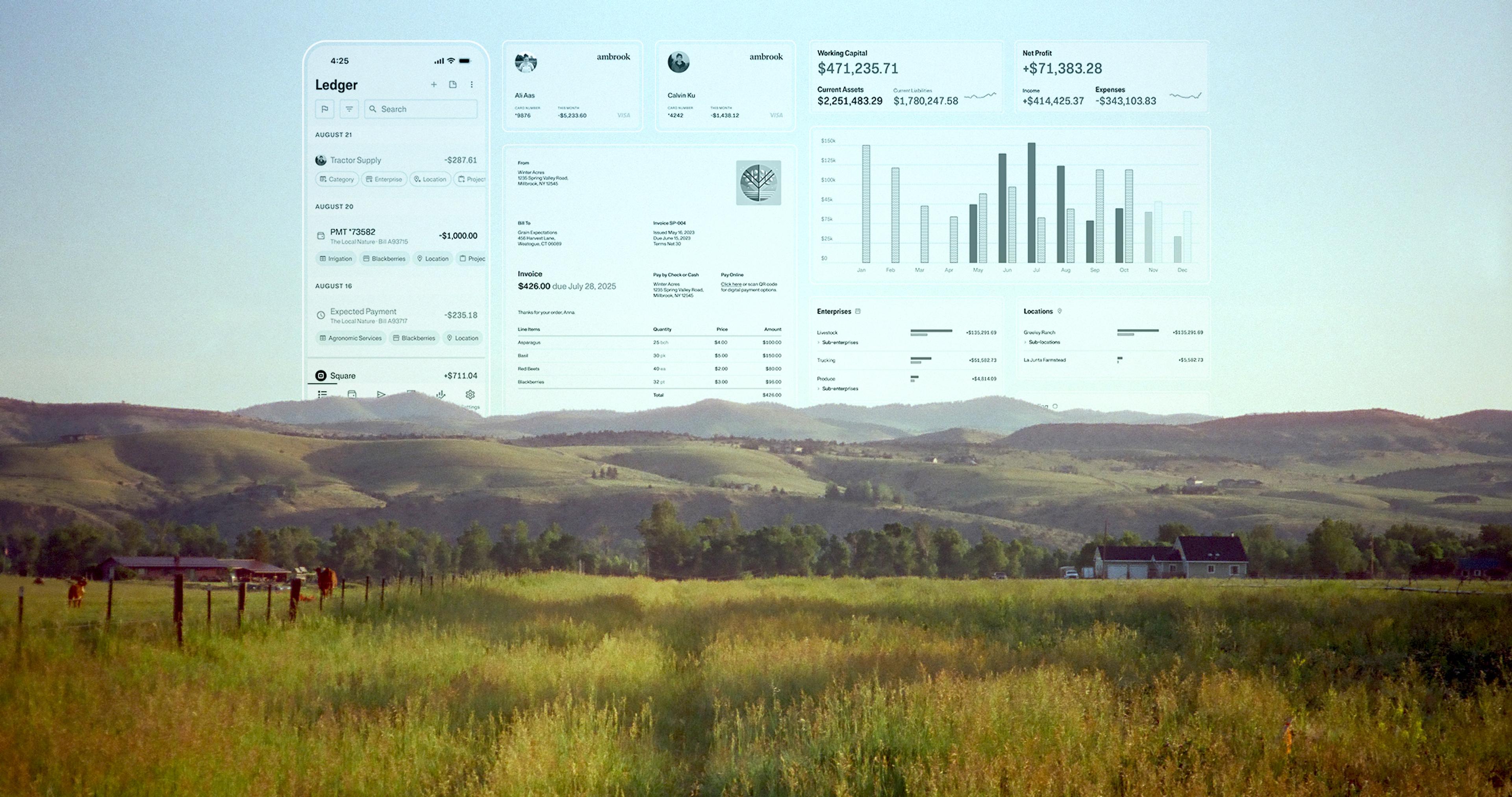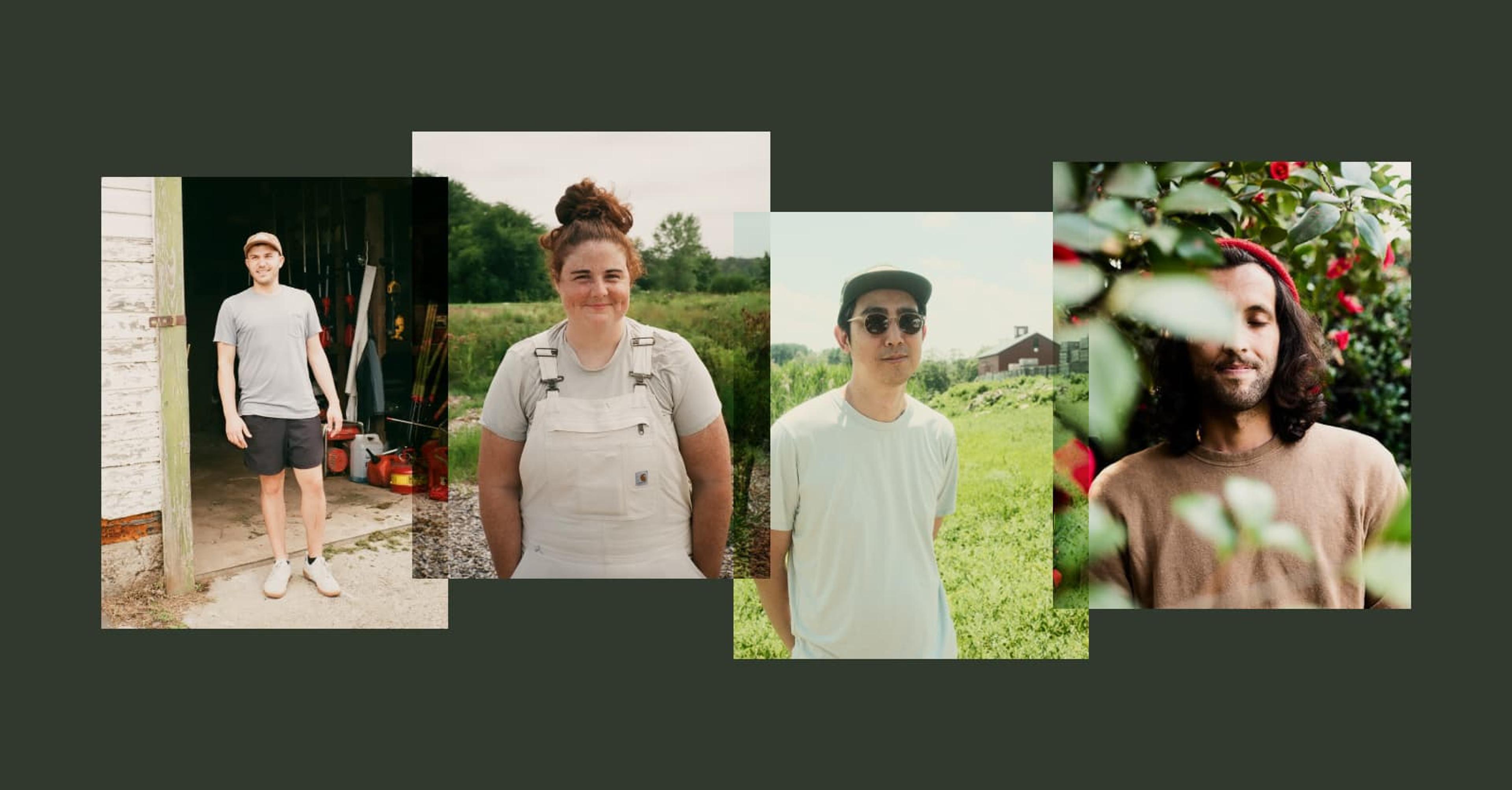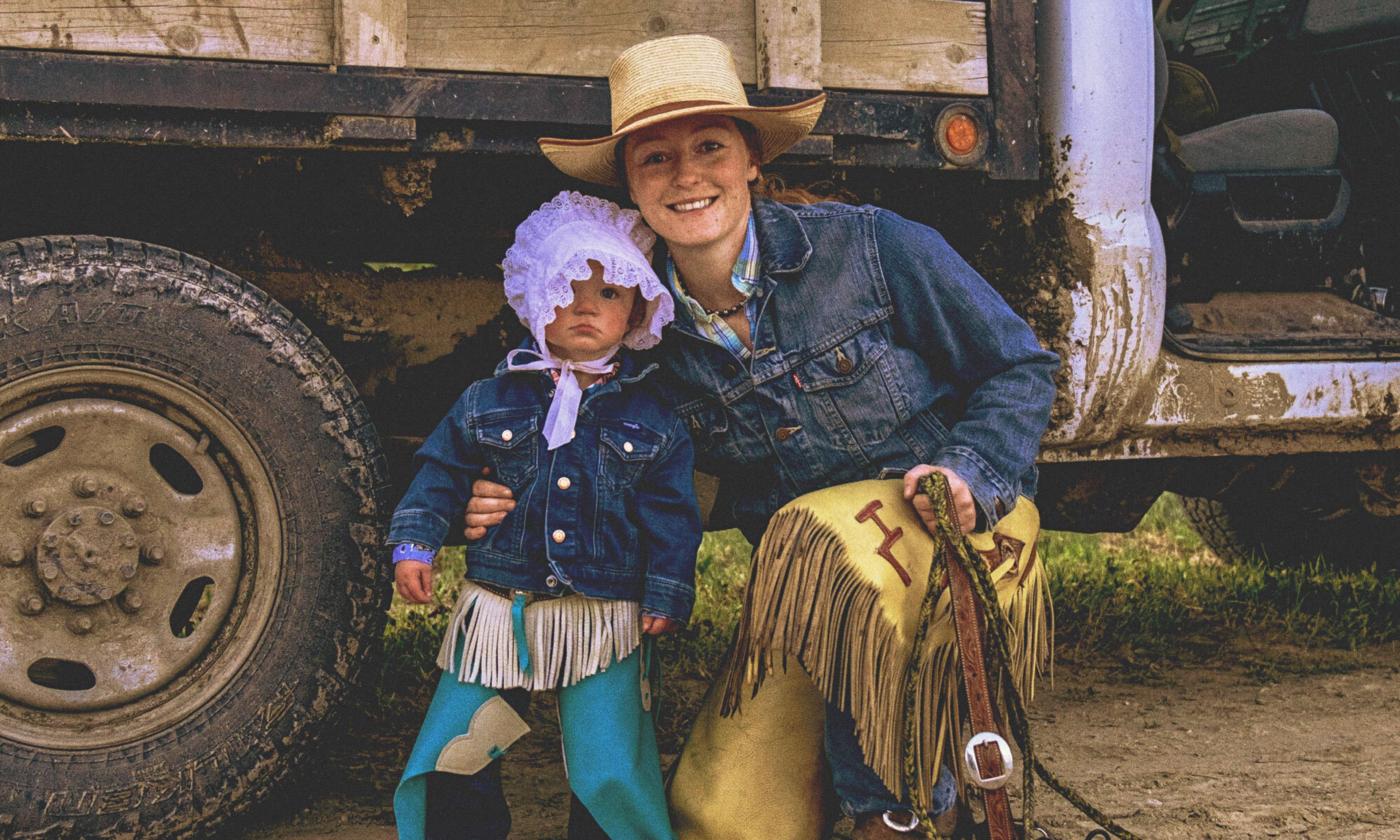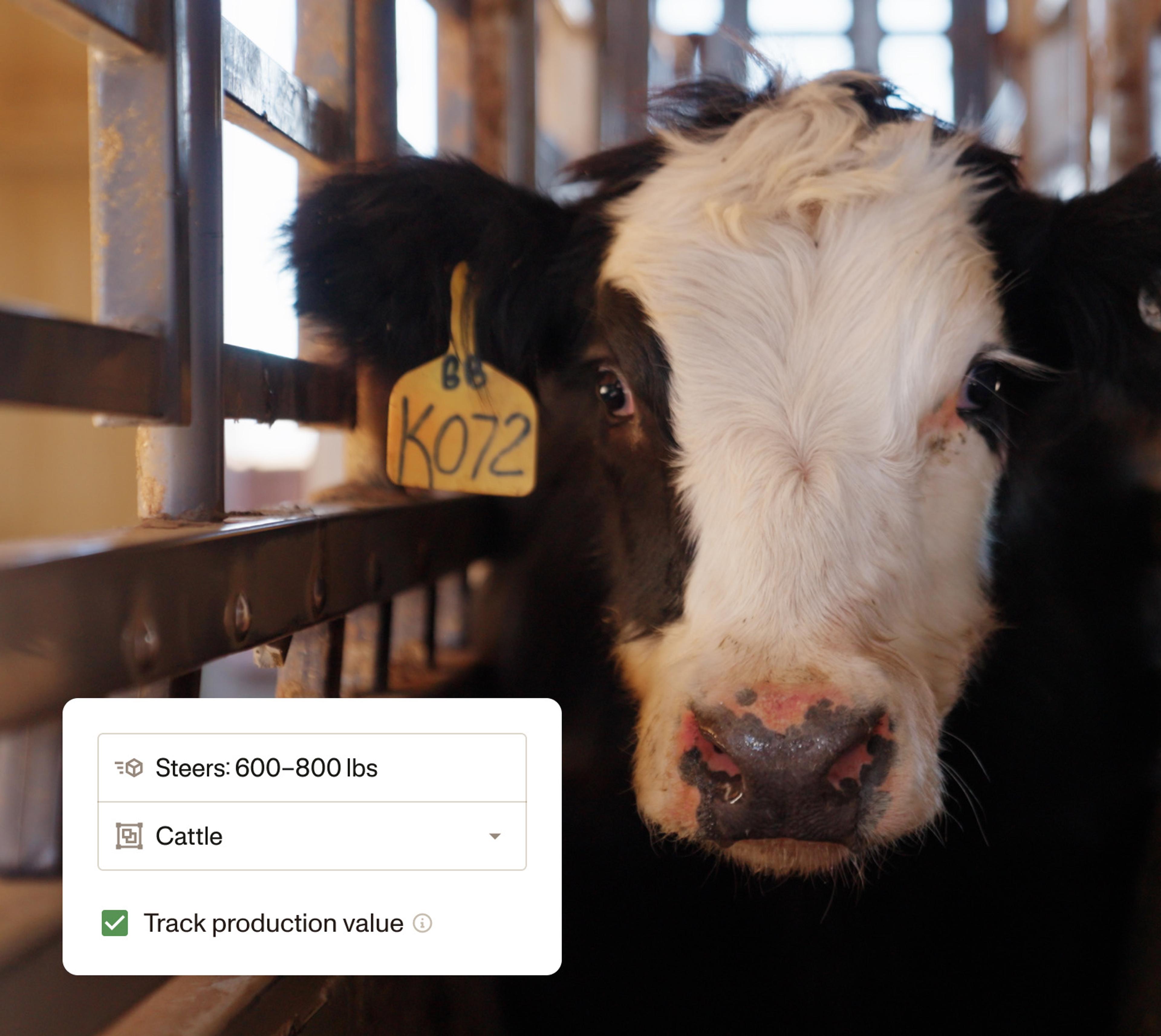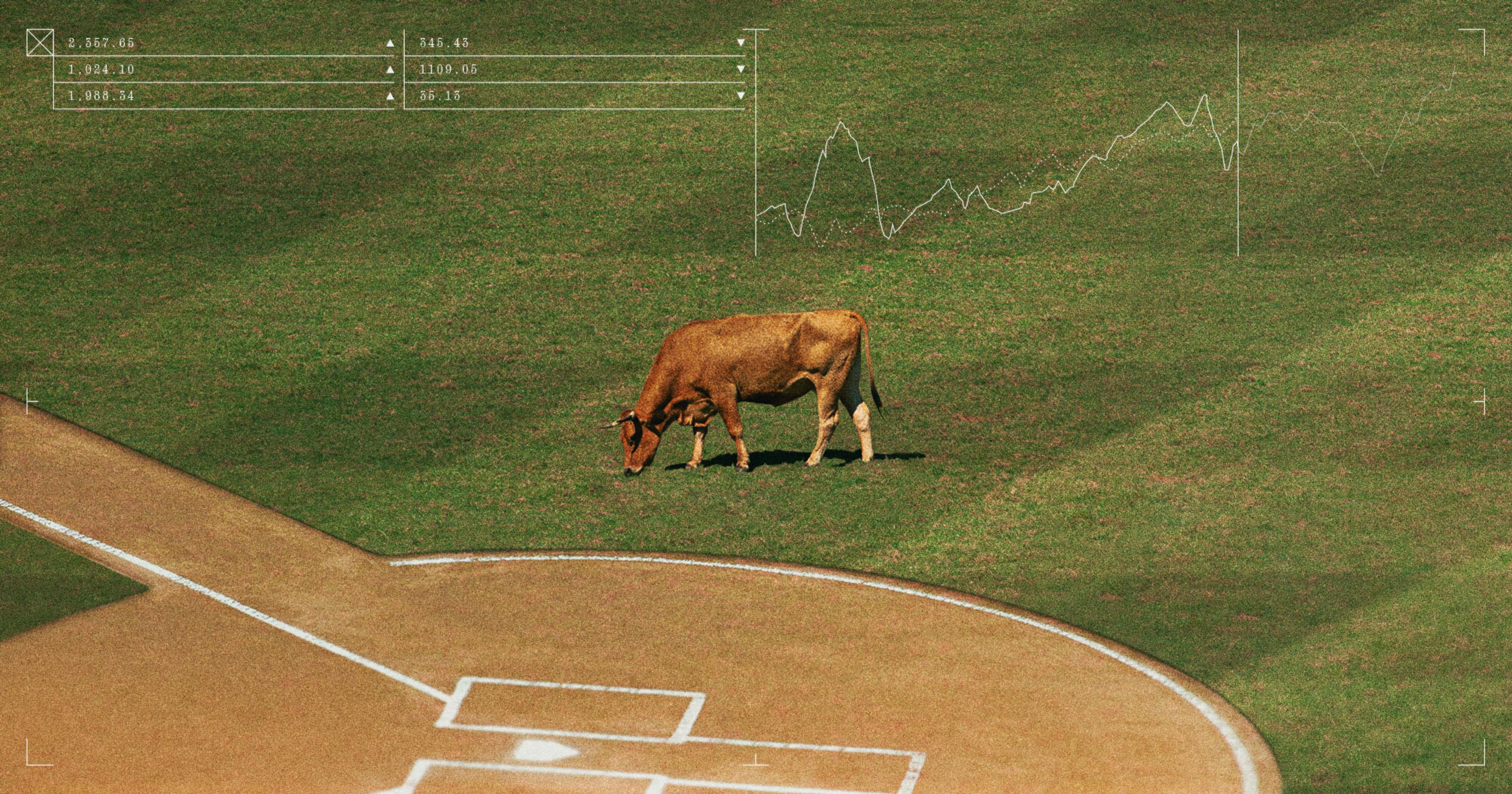From field research to design partnerships: building software alongside the farmers and ranchers who use it.
As a Product Designer at Ambrook, I’ve learned that creating technology for America’s rural industries isn’t just about beautiful interfaces or the latest design trends. It’s about truly understanding the context, constraints, and needs of agricultural professionals managing complex operations. Our solutions serve those who both grow our food and steward vast stretches of American land. In this post, I want to share some insights from my journey designing for farmers, ranchers, and rural business owners, and how our team approaches user-centered design in these traditional — yet evolving — sectors.
Understanding Our Users Where They Are
One of the first lessons I learned at Ambrook is that our users aren’t sitting at desks with stable WiFi and ultra-wide monitors. They’re often in fields with spotty reception, using quick breaks to catch up on bookkeeping on their phone, or trying to make financial plans after a 14-hour day of taxing labor. This reality shapes everything we do.
These hard truths led me to some key realizations about how I need to approach design:
Design for limited connectivity and mobile use.
Create interfaces that are legible in bright sunlight.
Build interactions that can be completed when their hands are full.
Prioritize the most important information to help users make decisions faster with limited attention.
These insights come directly from spending time with users and observing their environments firsthand. For example, when designing our receipt capture feature, I prioritized letting users snap a photo right at the checkout counter through our mobile app. Rather than waiting until they get back to the office where bookkeeping can fall behind, they can capture everything in the moment when it matters most.
Research That Goes Beyond the Screen
At Ambrook, user research isn’t just about surveys and focus groups (though we do some of that, too). The most valuable insights have come from partnering closely with our Customer Success team.
We prioritize both the most pressing pain points and promising product opportunities, gathered weekly through Intercom, onboarding calls, support tickets, and LogRocket analytics. There’s nothing like seeing someone struggle with your carefully crafted interface in a screen recording to quickly highlight UX issues that wouldn’t surface in a traditional usability test. For instance, we watched users pause and second-guess themselves in our metrics creation flow because we asked them to name it before defining what it would measure. Flipping that order eliminated the hesitation entirely.
When we get the chance for farm visits, they help us understand the entire ecosystem of tools, workflows, and challenges they navigate daily beyond just our product. Through my on-sites in Washington and Iowa, I learned about seasonal considerations, how farm management tasks vary throughout the year, and how financial planning intersects with agricultural operations. For instance, one farmer explained that while he does his yearly planning during winter months when field work slows down, he needs to track his progress against that budget year-round because staying on top of it is what “keeps him on track.”
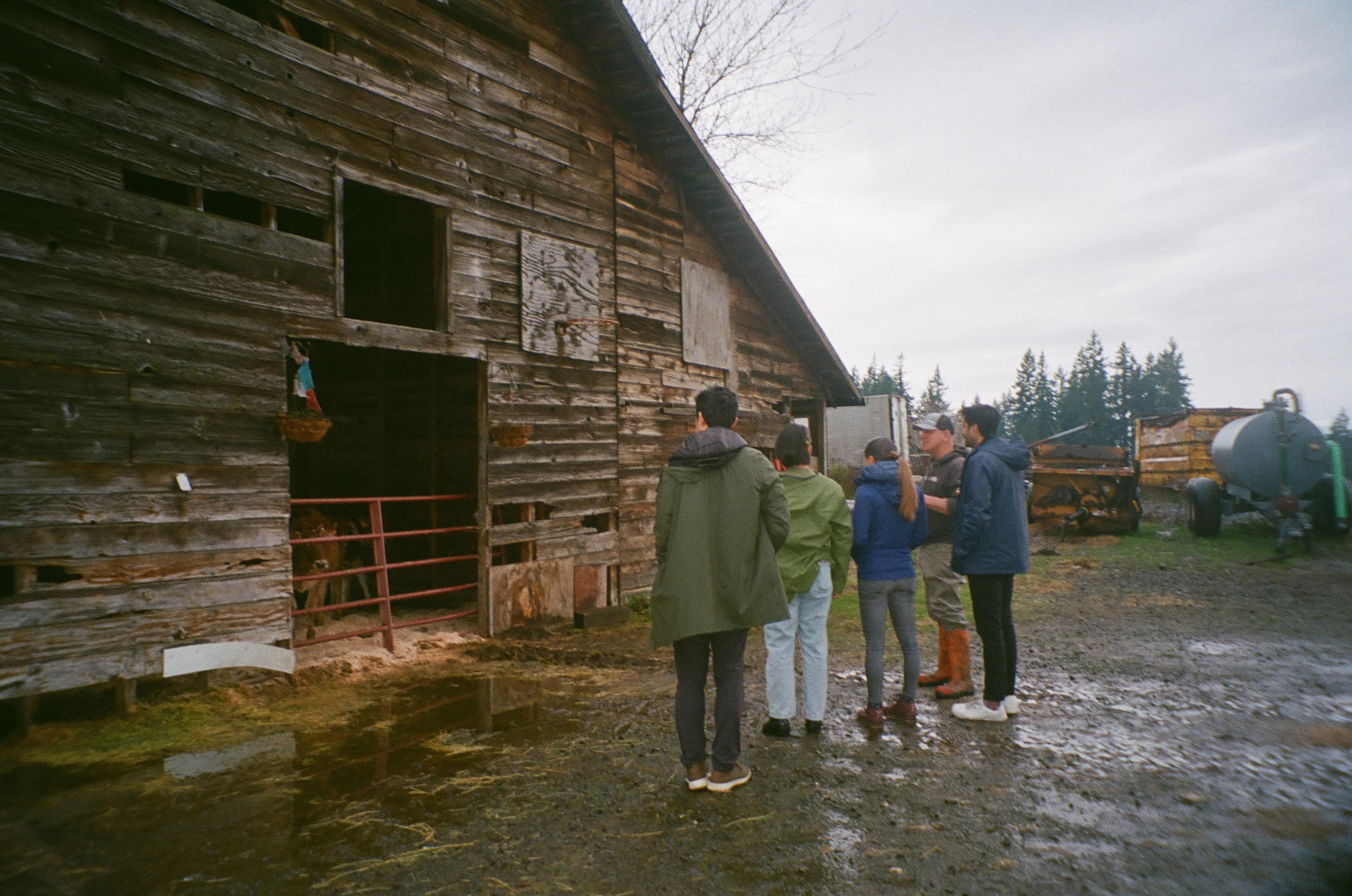
Calvin and his colleagues, Maika Koehl, Paige Wyler, and Vedant Mehta talk with Paul Fantello of Fantello Farmstead Creamery.
·Jaclyn Chan
Designing for Diverse Agricultural Needs
Agriculture is incredibly diverse. A cattle rancher in Arizona has vastly different needs than a specialty produce farmer in California or a dairy operator in Washington. At Ambrook, we’ve had to develop design approaches that acknowledge this diversity while creating cohesive, scalable workflows.
One strategy is to design core experiences that address universal needs like income and expense tracking, grant applications, receipt collection, and loan management, while allowing for customization and specialized workflows for different agricultural sectors. For instance, while most users document receipts the same way, a grain farmer might categorize expenses by season (spring planting, summer maintenance, fall harvest), while a dairy operation organizes the same types of documents around daily, monthly, and annual cycles. These reflect completely different rhythms of when and why they spend money.
We’ve also learned to be humble about our assumptions. I initially thought “inventory” meant the same thing to all agricultural operations. But cow-calf ranchers think about inventory as their calf-crop cycle (tracking which calves are born when and ready for market) while row crop farmers use inventory to organize purchase orders and harvesting schedules. This insight led us to design our invoicing flow to allow negative stock quantities, since many operations sell products before they physically have them, like pre-selling a harvest.
Balancing Novel Approaches With Familiarity
Agricultural practices passed down through generations shape how many of our users operate. While these approaches may have originated without high-tech vertical software, they’ve forced owner-operators to develop good instincts for approximation. Our design challenge is finding the right balance between introducing innovative solutions while respecting existing workflows and mental models. No savvy manager would give up their book of business just to adopt a bleeding edge payment method, so we try to bridge the old and the new.
We’ve found success by:
Mapping our digital patterns to physical processes our users already understand.
Using familiar agricultural terminology over tech industry jargon.
Providing clear transitional paths from legacy systems and methods.
Creating education and onboarding that meets users at their level.
Measuring Success Beyond Metrics
While we track standard product metrics like engagement, retention, and task completion rates, we’ve also developed agriculture-specific measures of success that matter more to our users: Are we saving farmers time during their busiest seasons? Helping them access grants and loans they would have missed? Making compliance less burdensome?
Some of my proudest moments come from stories of customers using what I’ve built: farmers securing loans they didn’t know existed through our Funding Library; bankers gaining confidence in Ambrook farms through the professional reports they bring to lending meetings; and operators using our analytics to modify planting decisions that improved both profitability and sustainability.
Looking Ahead
As we continue to grow at Ambrook, we’re excited to keep refining our approach to product design for American industry. We’re developing new AI technologies for automatic data entry and contextual assistance for speeding up their paper-heavy workflows. Our approach is ambitious both in technical implementation and in creating experiences that build trust with historically underserved operators. But no matter how our technical capabilities evolve, our fundamental commitment remains the same: designing with empathy for the people who work tirelessly to grow our food and power the industrial economy.

